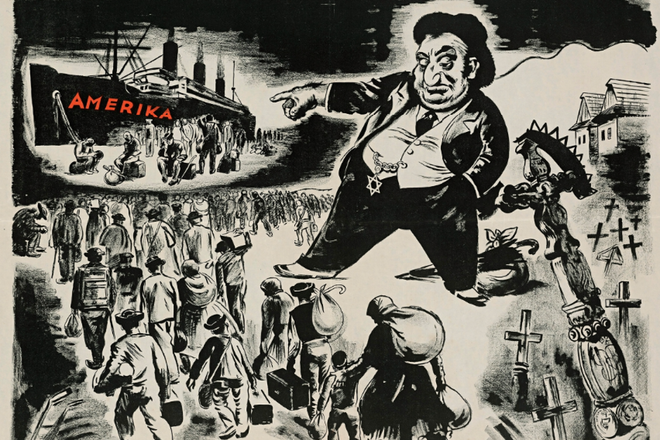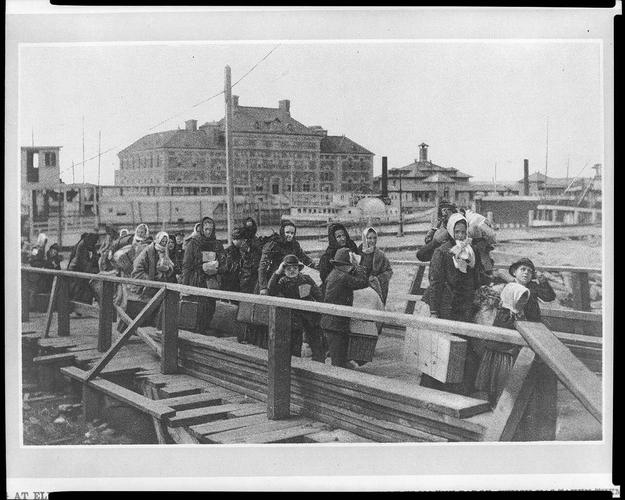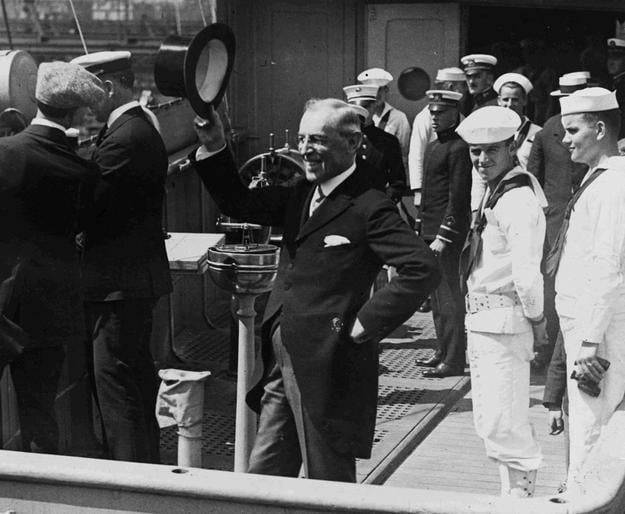Long before the United States emerged as a global power in international relations, it occupied a specific and often admired place in Slovak society. The storied Amerika, as the distant land was simply called in Slovakia, once evoked predominantly positive associations—until two authoritarian regimes, ruling from 1938–1945 and later from 1948–1989, turned it into an enemy and elevated anti-Americanism into a tenet of state ideology.
At the end of the 19th century, the United States was regarded across Europe as a dynamic and prosperous nation. Following the Civil War and a brief period of reconstruction, the Gilded Age and the Progressive Era launched the transformation of America into an economic superpower.
The employment opportunities brought about by the so-called Second Industrial Revolution attracted millions of immigrants, including roughly 1.5 million economic migrants from the then Kingdom of Hungary. It is estimated that by the outbreak of World War I, more than 600,000 of these were Slovaks. Many settled—either temporarily or permanently—in the states of Pennsylvania, New York, New Jersey and Ohio, where diaspora communities gradually emerged, fostering a vibrant national and cultural life.
Although the United States later limited immigration following the war, even the introduction of quotas could not sever the ties between American Slovaks and their homeland—which, in October 1918, became part of the newly established Czechoslovak Republic. Regular communication with family and friends helped shape the positive image of America in Slovakia.
The view of the US in Slovakia before falling into the German sphere of influence
Most Slovaks who emigrated to the United States did not return. Despite the harsh working conditions—Slovaks often worked in coal mines, factories, or on construction sites—and the challenges of adapting to a new language and culture, they generally spoke more of the benefits than the drawbacks of life in America. It is perhaps for this reason that Albert Mamatey, chair of the Slovak League of America, was mistaken in his prediction that 100,000 Slovaks would return to Czechoslovakia; only about 31,000 did so between 1919 and 1930.
Since Czechoslovakia was unable to address the pressing social and economic issues at home, the trend of emigration continued—spurred on by glowing accounts from relatives abroad. Between 1924 and 1935, 85,298 Slovaks emigrated to the United States—by far the most of any region in Czechoslovakia (compared with 14,359 from Moravia and Silesia, 10,926 from Subcarpathian Ruthenia, and 9,004 from the Czech lands).
The Slovak intelligentsia recognised that, despite its negative impact on demographics, emigration was often the only viable escape from a life of hardship. As such, they did not blame the United States for depopulating Slovakia, but rather the policies of the Kingdom of Hungary and, later, Czechoslovakia itself. In fact, Slovakia's cultural and political elite maintained relatively warm attitudes toward the United States during the interwar period.
Leaders across the political spectrum acknowledged that Czechoslovakia would not have come into existence without the endorsement of President Woodrow Wilson's administration. As a gesture of gratitude, there was even a proposal to rename then-Prešporok after Wilson. The city eventually became Bratislava in 1919.
Positive views of the United States were not only tied to Wilson's advocacy for national self-determination, as outlined in his Fourteen Points. Slovak autonomists, led by the Hlinkova Slovenská Ľudová Strana (HSĽS – Slovak People's Party; its members often referred to as ľudáci in plural, or ľudák in singular), also looked to the United States for inspiration, as two key documents underpinning their political demands—the Cleveland Agreement and the Pittsburgh Agreement—were signed on American soil. Expatriate organisations that supported autonomy thus served as both moral and—crucially—financial bridges to the homeland.

 The anti-Jewish poster created in 1942 by Andrej Kováčik that combines both anti-Americanism and anti-Semitism. CLICK TO ENLARGE. (source: webumenia.sk)
The anti-Jewish poster created in 1942 by Andrej Kováčik that combines both anti-Americanism and anti-Semitism. CLICK TO ENLARGE. (source: webumenia.sk)
 Landing at Ellis Island. (source: WIKIMEDIA CC)
Landing at Ellis Island. (source: WIKIMEDIA CC)
 American president Woodrow Wilson in the New York port on July 8, 1919 after he returned from peace talks in Paris. (source: Wikimedia.org)
American president Woodrow Wilson in the New York port on July 8, 1919 after he returned from peace talks in Paris. (source: Wikimedia.org)